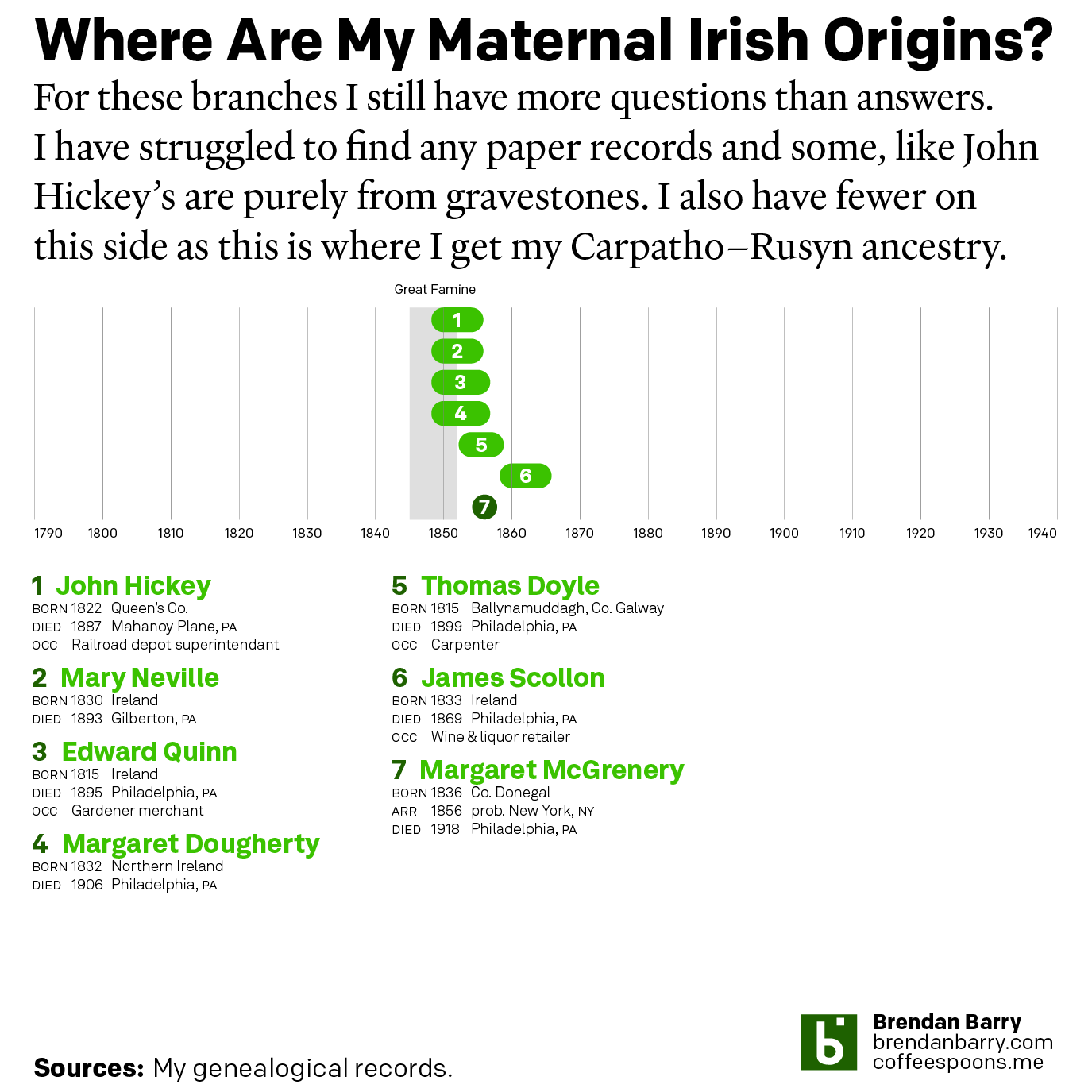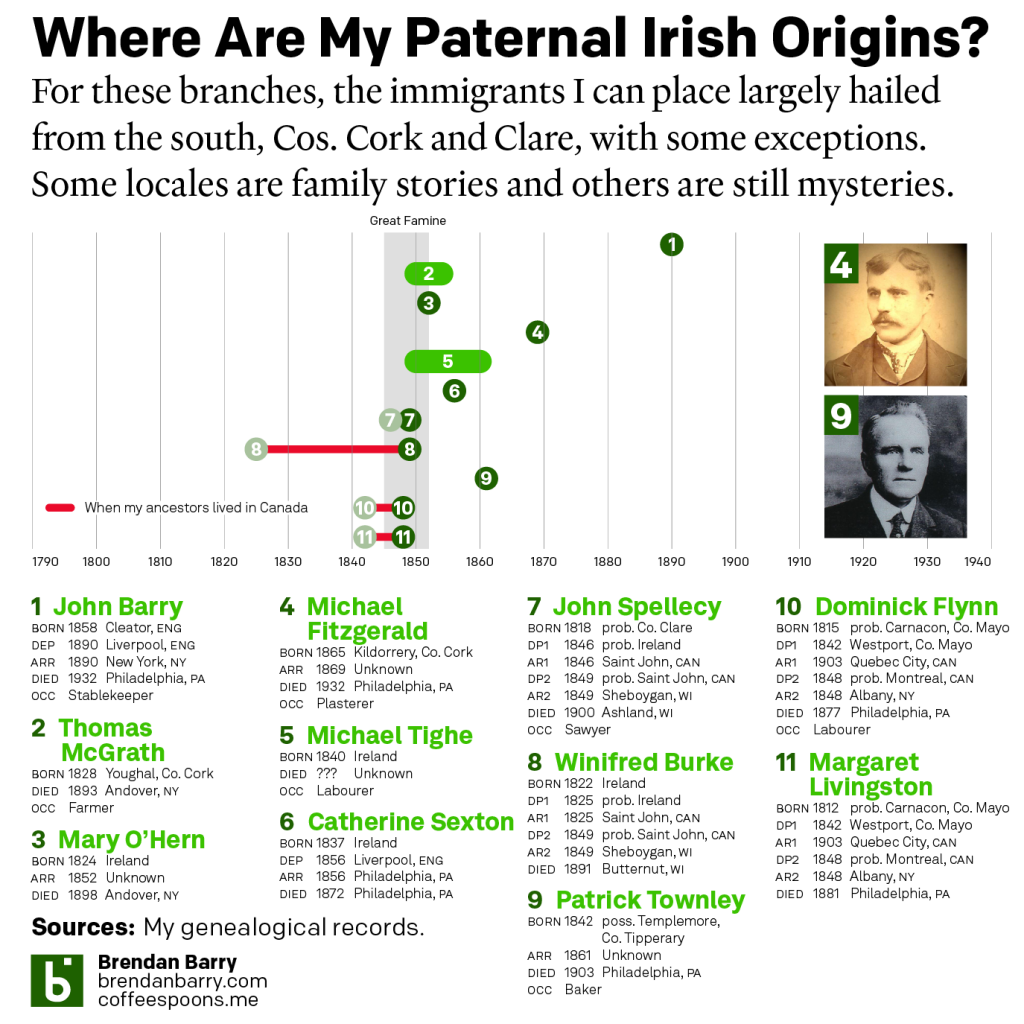As it happens, the Latino culture largely remains x’ed out on using the term Latinx, according to a new survey from Pew Research.
The issue of supplanting Latino/Latina with Latinx as a gender neutral replacement—or as a complementary alternative—emerged in the general discourse in that oh-so-fun year of 2020 when everything went well.
One common argument I have heard is the inherent gender within the Spanish language. Broadly you use -o for singular masculine endings and -a for singular feminine forms and -os for plural masculine and mixed gender forms and -as for plural feminine forms.
Perhaps my biggest issue is that -x does not linguistically make sense. X is typically pronounced like a j or sometimes an s. Consider how Mexicans pronounce Mexico, May-hie-co. Latinx becomes La-teen-h, an almost silent ending that does not fit, at least to my ears. Pero, hablo solo un pocito Español. Aprendí a hablar por cuatro años en la escuela, dos años de niño, y trabaja en una cocina del restaurante. Thus Latinx, pronounced Lat-in-ecks, always seemed, daresay, a gringo solution to a problem that earlier polling of Latino communities did not indicate was a problem. With the potential exception of the young, but even then not terribly so.
Four years later, however, and not much has changed according to Pew. Their graphic shows as much.
Significantly more people are aware of Latinx as a term. Fewer people use the term, though not significantly. Although a shift from four to three percent can be seen as significant given its low adoption. Moreover, as a second graphic shows, more people who are aware of the term think it should not be used.
The article continues with a discussion of a new new alternative, Latine, which to my ears makes more sense. But is largely yet unheard of in the community—20%—and of those who have heard it, almost nobody uses it.
As far as the graphics go, I am not a huge fan.
For the first, we have two lines showing the movement between two datapoints. At the most basic level, the use of a line chart makes sense to depict two series moving between two points in time. But without any axis labelling one can only trust the lines begin and end at the correct position. Furthermore people need to read the specific labels to get a sense of the line charts’ magnitude. More of a tell, don’t show approach. If the chart had even a simple 0% line and 50% line, one need not label all four datapoints to convey the scale of the graphic.
Ultimately, though, does a chart with four datapoints even need to be graphed? Some would argue in most instances a dataset with fewer than five or six numbers need not be visualised; a table should suffice. Broadly I agree. This chart does show a particularly striking trend of increasing awareness of the term, but largely static to declining usage.
The second graphic, however, falls more squarely into that argument’s camp of “Why bother?” It shows simply two numbers. Numbers placed atop purple rectangles. Without any axis labelling, we presume these bars represent columns encoding the percent—at least the lines in the first chart were clearer to their meaning. Then we still have the issue of telling and not showing. Perhaps labelling to the left from 0% to 75% or 80% would help. Then you need not even add additional “ink” with the four digits sitting atop the bars and sparkling for unnecessary reader attention.
This falls into a broader trends I have witnessed over the last few years in the information design and data visualisation field of labelling individual datapoints within a chart. It is a trend with which I strongly disagree, but perhaps is best left for another post another day. Suffice it to say, if knowing the precise measurement is important, a chart is not the best form. For that use case I would opt for a table, best used to organise and find specific datapoints.
Overall, Pew shows that within the Latino community, very few use the term Latinx. Consequently, perhaps this entire post is, to use a Spanish-language expression, a tempest in a teapot.
Credit for the piece goes to Pew Research.















